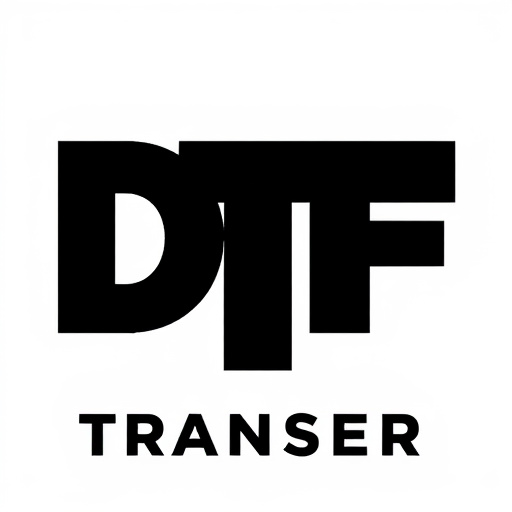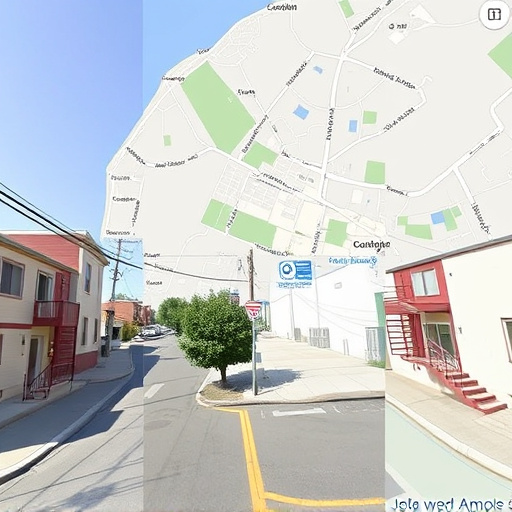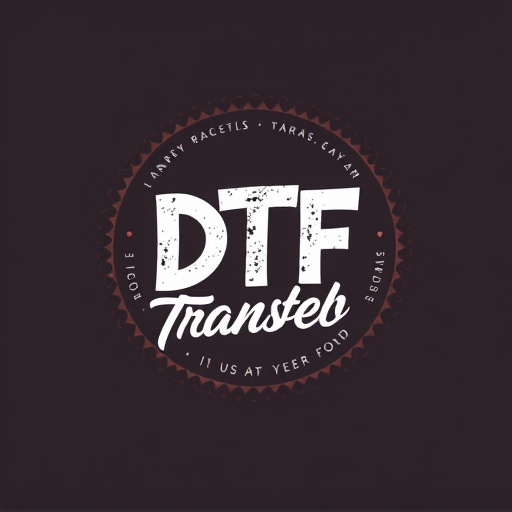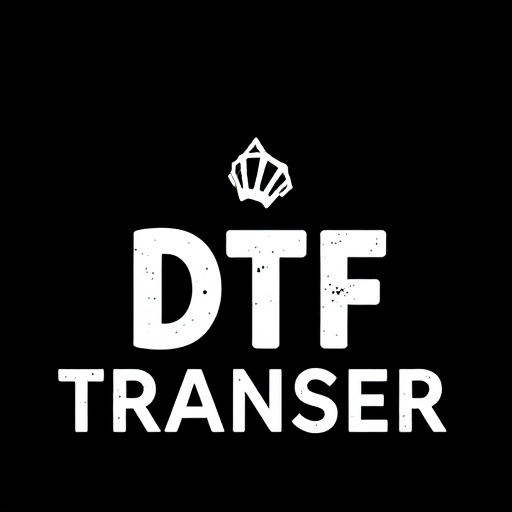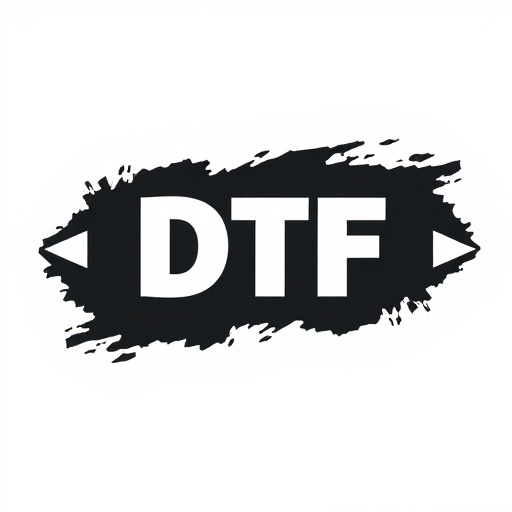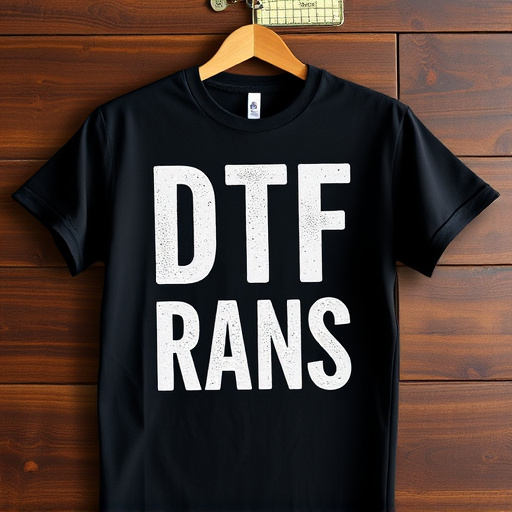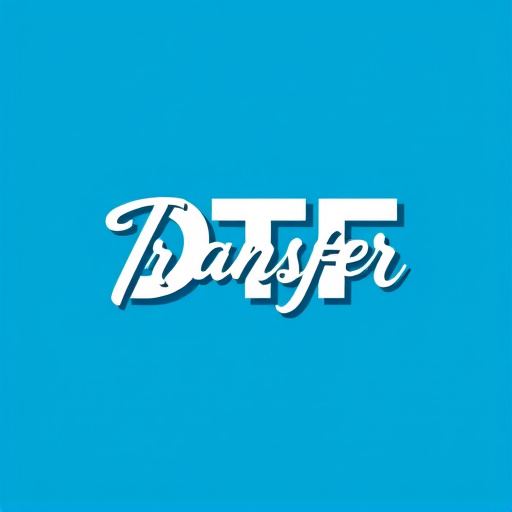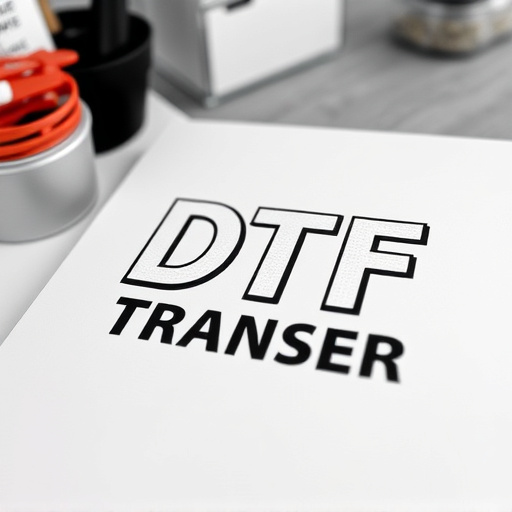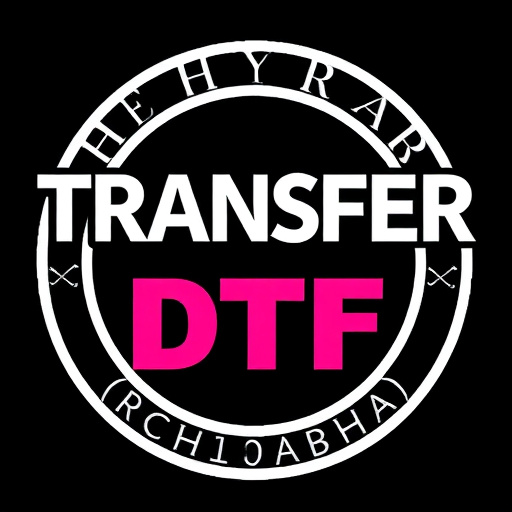Digital Film Transfer (DTF) is revolutionizing film preservation and sharing for smaller commercial operations by converting analog films into high-quality digital formats. The process involves scanning original films to .TIFF or .MOV files for ideal printing on various materials using DTF technology. This method offers unparalleled quality, efficiency, and versatility, enabling businesses to create vibrant prints on fabric, paper, or plastic with rapid turnaround times. Choosing the right DTF equipment aligned with specific needs is crucial for delivering professional-grade prints and competing effectively. DTF's advantages include faster production, consistent quality, reduced costs, and exceptional color reproduction, fostering innovation in commercial printing across diverse industries.
In the evolving landscape of commercial printing, Digital Film Transfer (DTF) is revolutionizing the way small businesses approach high-quality printing. This article delves into the world of DTF, exploring its advantages and technological intricacies. We’ll guide you through understanding DTF as a modern solution, choosing the right equipment, optimizing workflows, and showcasing successful case studies. Discover how DTF Printing can elevate your prints, from vibrant colors to crisp details, while scaling efficiently for smaller commercial operations.
- Understanding Digital Film Transfer: A Modern Approach
- Advantages of DTF (Direct-To-Film) Transfer for Small Businesses
- The Technology Behind DTF Printing: Unlocking High-Quality Results
- Choosing the Right DTF Equipment for Your Operation
- Workflow Optimization: Streamlining DTF Transfer Processes
- Case Studies: Successful Implementation of DTF in Small Commercial Settings
Understanding Digital Film Transfer: A Modern Approach
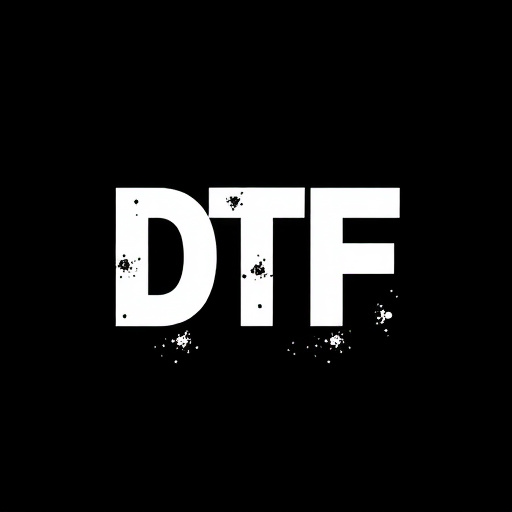
Digital Film Transfer (DTF) is a modern approach that revolutionizes the way films are preserved and shared. It involves converting analog film into digital formats, ensuring a pristine and detailed transfer. This process is essential for smaller commercial operations as it allows them to access high-quality digital prints without the need for extensive specialized equipment or expertise. DTF offers a cost-effective solution for businesses looking to digitize their film archives.
With DTF Transfer, the original film is carefully scanned frame by frame, capturing every detail and nuance. This data is then converted into digital files, such as .TIFF or .MOV, which can be stored, edited, and distributed digitally. The process ensures that the visual integrity of the film is maintained, making it ideal for printing high-quality DTF Prints. These prints can be used for various purposes, from creating limited-edition art pieces to showcasing classic films in modern settings.
Advantages of DTF (Direct-To-Film) Transfer for Small Businesses
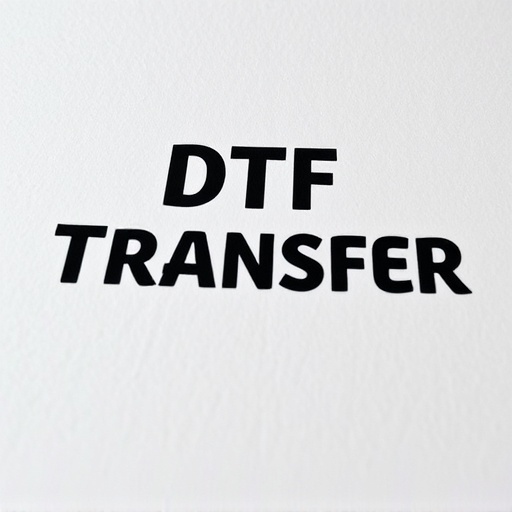
Direct-To-Film (DTF) transfer offers a host of benefits for small commercial operations looking to enhance their print quality and production efficiency. One of its key advantages is the ability to produce high-resolution, vibrant DTF prints directly onto various materials, from vinyl banners to posters and even clothing. This direct printing method eliminates the need for intermediate plates or screens, streamlining the production process and reducing setup times significantly.
Moreover, DTF transfer provides small businesses with unparalleled flexibility in design and customization. With digital files as the source material, businesses can easily update their designs, adapt to changing market trends, and cater to diverse customer preferences. This agility allows for faster turnaround times and more personalized services, giving smaller operations a competitive edge in their respective markets.
The Technology Behind DTF Printing: Unlocking High-Quality Results

The Digital Thermal Transfer (DTF) printing technology revolutionizes film transfer solutions, offering smaller commercial operations unparalleled quality and efficiency. This innovative process involves precisely heating a special ribbon, coated with dye-containing particles, to transfer images directly onto various materials like fabric, paper, or plastic. The key advantage lies in its ability to achieve sharp, vibrant prints with fine detail retention, making it ideal for high-quality graphics and artistic applications.
DTF Printing provides an array of benefits tailored to smaller businesses. It allows for custom design creation and rapid production runs, catering to the demand for unique, personalized products. Furthermore, DTF Transfer enables cost-effective printing on a diverse range of substrates, expanding creative possibilities for commercial ventures seeking distinctive marketing materials or specialized product branding.
Choosing the Right DTF Equipment for Your Operation

Selecting the appropriate Direct to Film (DTF) equipment is a pivotal decision for smaller commercial operations looking to enhance their film transfer capabilities. The right DTF system should align with your specific needs, whether it’s for printing high-quality posters, banners, or specialized graphics. Key factors to consider include print resolution, speed, and the versatility of the equipment to handle different types of films and applications.
Investing in a versatile DTF printer that supports various film formats and inks can be a game-changer. This allows businesses to cater to diverse client demands and explore new opportunities. With the right DTF transfer technology, smaller operations can deliver professional-grade prints, compete effectively, and offer unique, customized solutions to their customers.
Workflow Optimization: Streamlining DTF Transfer Processes
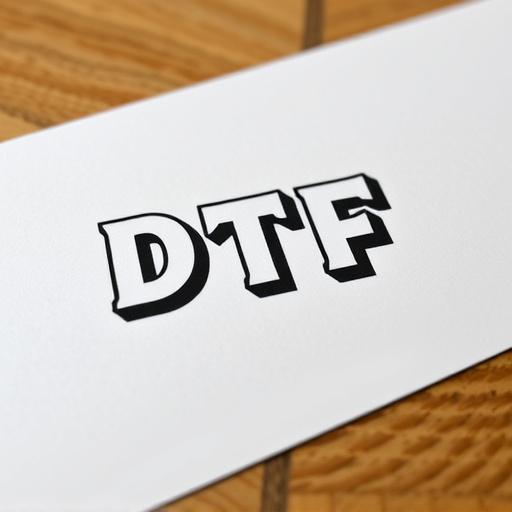
In today’s digital age, film transfer solutions like Direct to Film (DTF) printing have become a game-changer for smaller commercial operations. By streamlining the DTF transfer processes, businesses can significantly optimize their workflow and enhance productivity. This involves simplifying the steps required to convert analog films into digital prints, reducing manual interventions, and automating repetitive tasks. The result is a faster turnaround time, consistent quality, and lower operational costs.
Additionally, DTF Printing offers unparalleled flexibility and precision in color reproduction. It enables businesses to produce high-quality, vibrant DTF prints, preserving the intricate details and rich colors of original films. This not only boosts customer satisfaction but also opens up new opportunities for creative expression and specialized applications. By embracing these advanced film transfer methods, smaller commercial operations can compete effectively while delivering exceptional print quality.
Case Studies: Successful Implementation of DTF in Small Commercial Settings
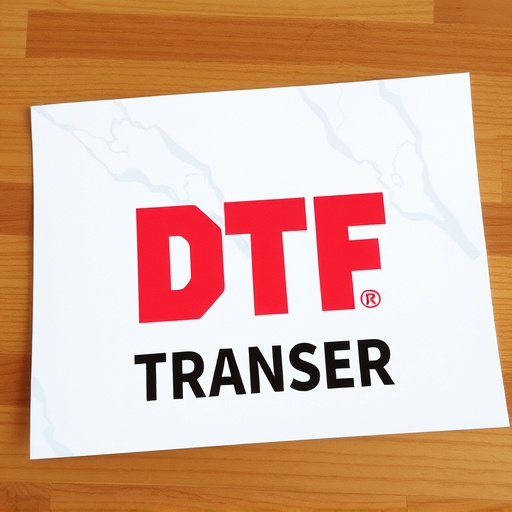
The successful implementation of Direct to Film (DTF) transfer technology in smaller commercial operations is a testament to its versatility and cost-effectiveness. Case studies from various industries highlight how DTF printing has revolutionized processes that were once cumbersome and time-consuming. For instance, small-scale graphic designers and print shops have embraced DTF as a game-changer, enabling them to produce high-quality, vibrant prints on-demand, thereby enhancing their service offerings and attracting new clients.
These implementations showcase the practical applications of DTF technology. It streamlines production by eliminating the need for complex set-ups and plates, reducing waste, and minimizing setup time. This efficiency translates into cost savings and faster turnaround times for businesses, making DTF an appealing option for smaller operations looking to stay competitive in a dynamic market. As more professionals discover the benefits of DTF Transfer, its popularity continues to grow, fostering a vibrant tapestry of innovative uses across diverse commercial sectors.


